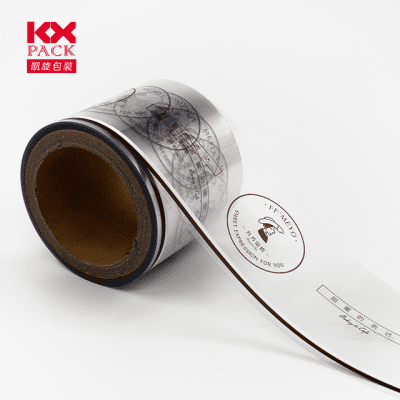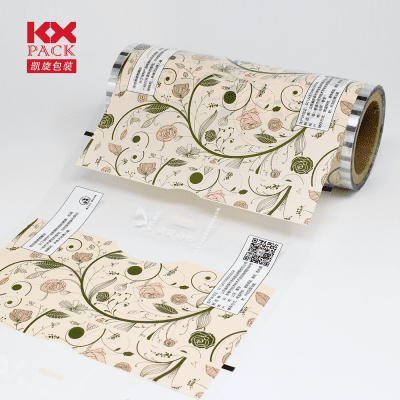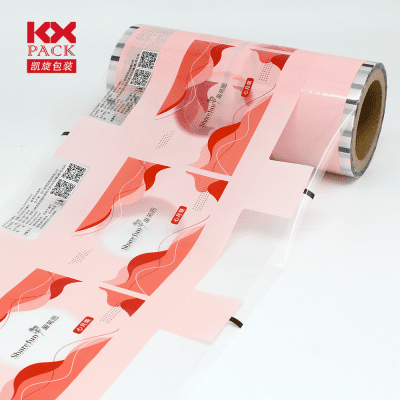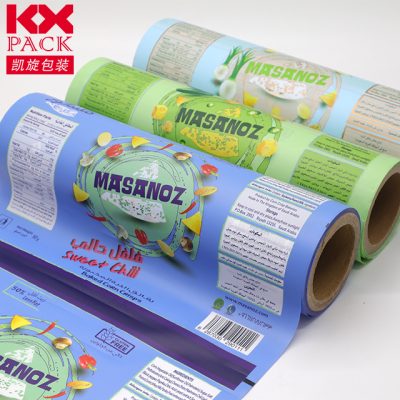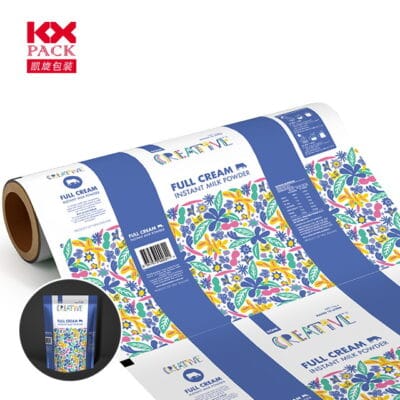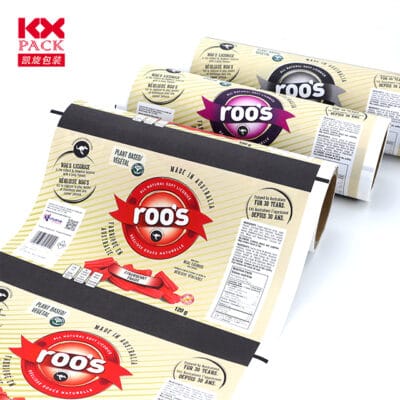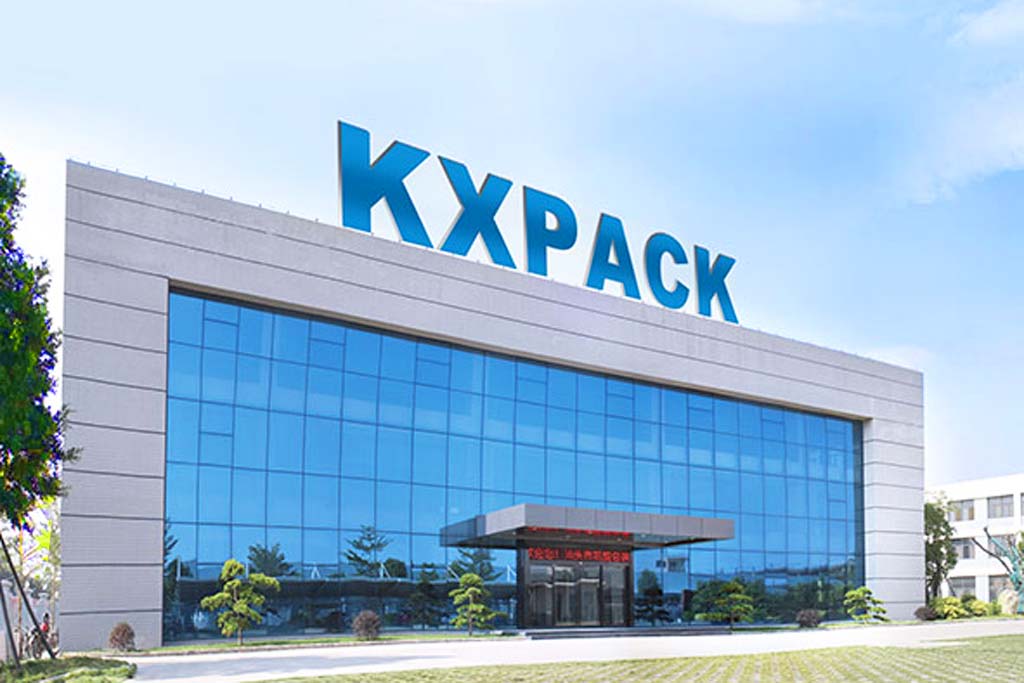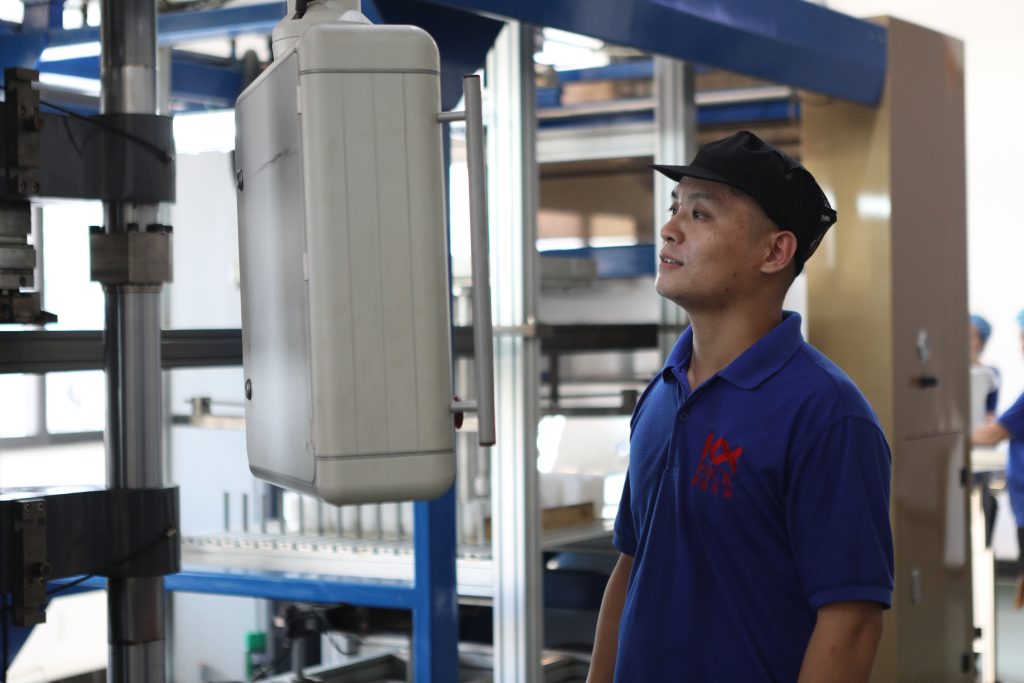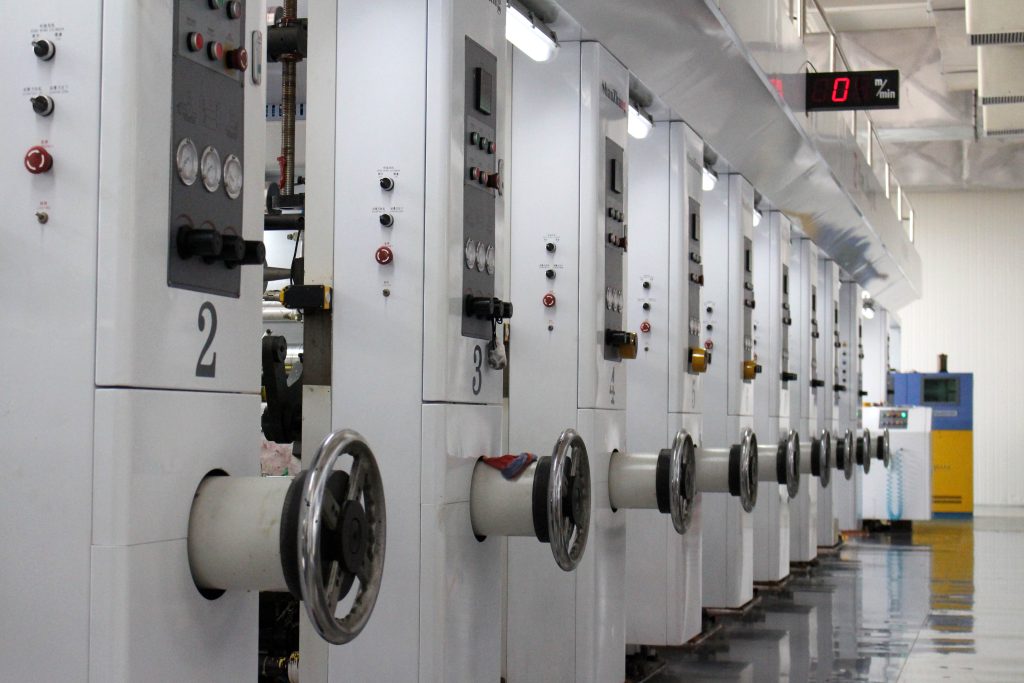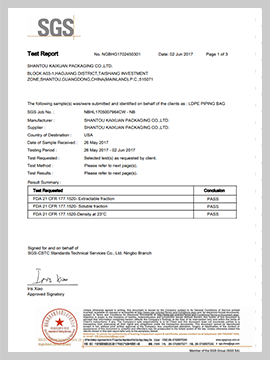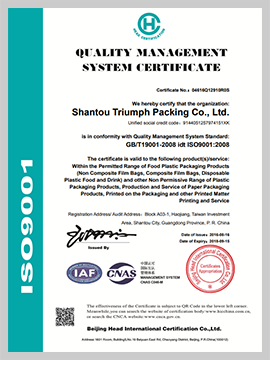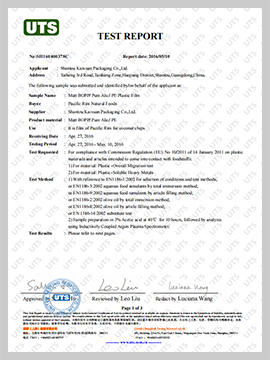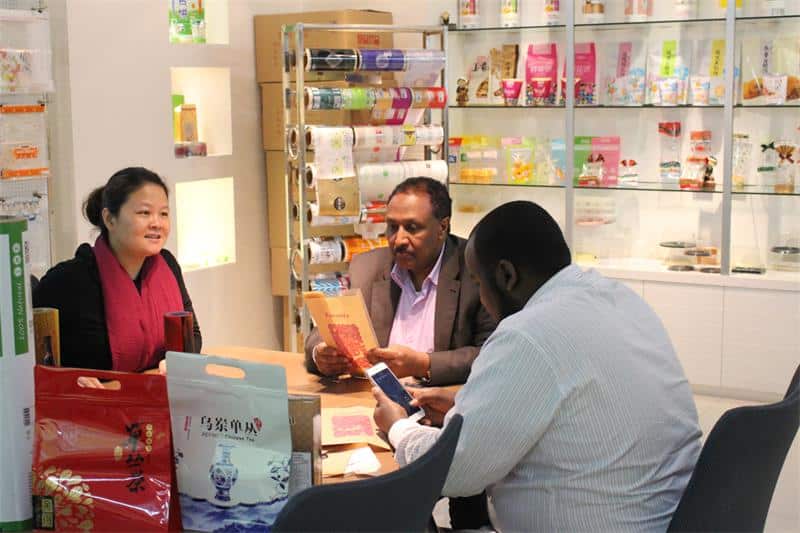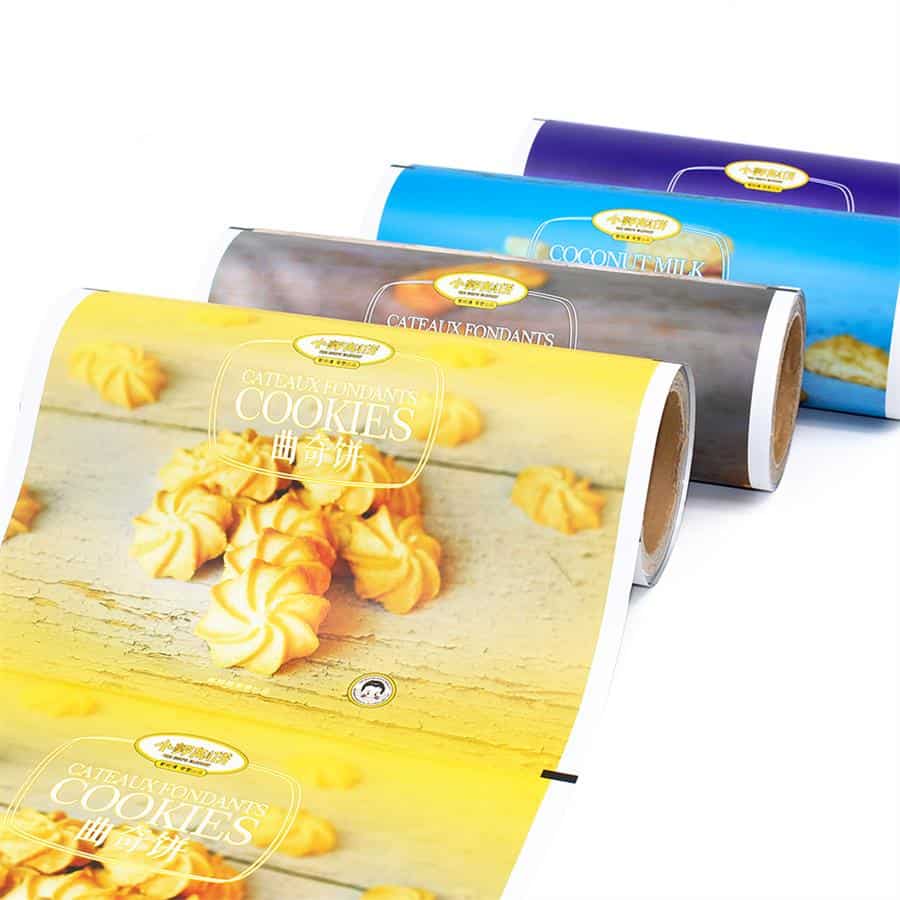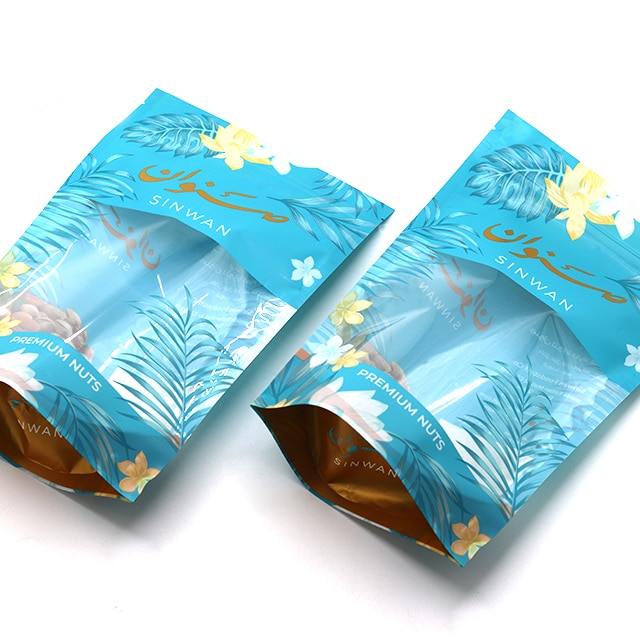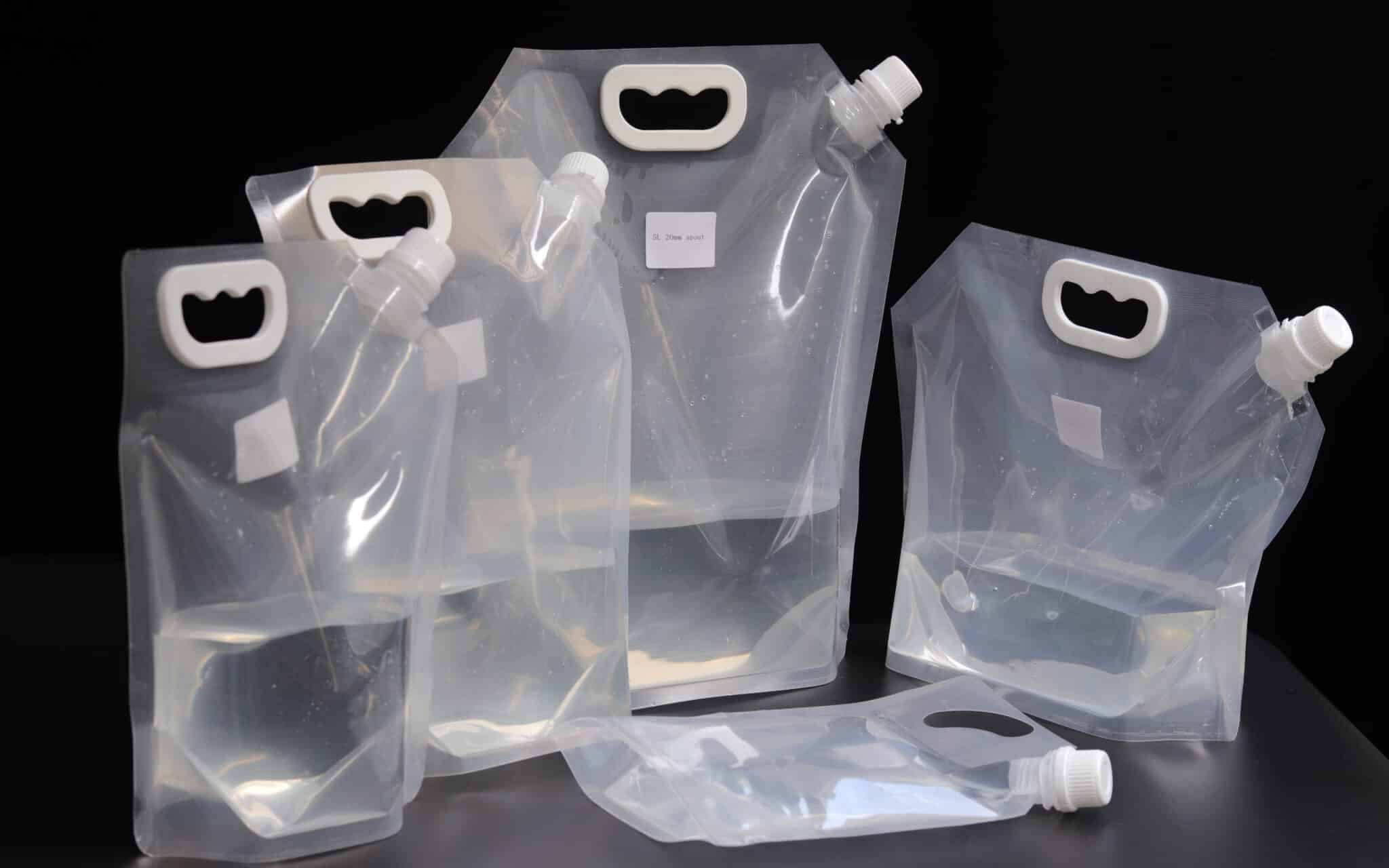How to Control the Safety of Food Packaging Films?
For exporters shipping perishable foods overseas, choosing the right food packaging films is crucial to maintaining product safety and extending shelf-life. When selecting food packaging films, keep these guidelines in mind:
Using High-Barrier Films:
Look for high-barrier films that block oxygen, lagështia, and light to preserve freshness and avoid contamination. Common barriers include aluminum, metallized polyesters, and silicon oxide coatings. High-barrier films also prevent leakage and enable modified atmosphere packaging. Consult with your film supplier to identify an ideal barrier film for your food type.
Ensure Food-Grade Materials:
Verify that all packaging materials are food-grade and free from hazardous chemicals. Films should be FDA and EU compliant for direct food contact. Plastics like polyethylene, polypropylene and PET are commonly used. Ask your supplier to provide safety certifications.
Check Temperature Ratings:
Match the film’s temperature rating to your product requirements. Most food films work for frozen storage, while specialized high-temperature films withstand pasteurization or retort processes. Using the wrong temperature film can distort packaging and expose food.
Minimize Oxygen Permeability:
Lower oxygen transfer rates help maintain freshness. For high-fat foods like meat, films with oxygen permeability below 2cc/m2/24hr at 73°F help prevent rancidity. Oxygen scavengers and vacuum packaging also reduce oxygen exposure.
Application of Food Packaging Filma
Food packaging films provide a lightweight, fleksibël, and highly functional barrier against contamination for processed and fresh foods. Here are some of the most common applications of food packaging films across different industries:
Snack Foods
Potato chips, arra, and other crunchy snacks typically use multilayered polypropylene films. These films have excellent clarity, tensile strength, and abuse resistance to maintain crispness. Metallized BOPP films also provide UV and oxygen barriers for shelf-stable snacks.
Processed Meats
Vacuum pouches and shrink bags with high-barrier polyolefin films are ideal for processed meats like sausages and deli slices. They prevent oxygen exposure to limit lipid oxidation and rancid flavors. These films also adhere tightly to seal in juices and preserve freshness.
Cheese & Dairy
Cheese requires breathable, porous PE films that restrict moisture loss while allowing CO2 and oxygen exchange. PET and specialty coated films provide higher oxygen and CO2 barriers to prolong shelf life. For butter and spreads, aluminum foils block oxygen and light to prevent oxidation.
Fresh Produce
Polyethylene films maintain optimal humidity levels and prevent moisture condensation for fruits and vegetables. Anti-fog films keep produce looking fresh. Perforated films balance moisture control with gas exchange to slow respiration.
Frozen Foods
Low-temperature polyolefin films maintain flexibility and impact resistance at freezing temperatures. High water vapor barriers prevent freezer burns. Films with high hot tacks keep frozen foods sealed tightly.

